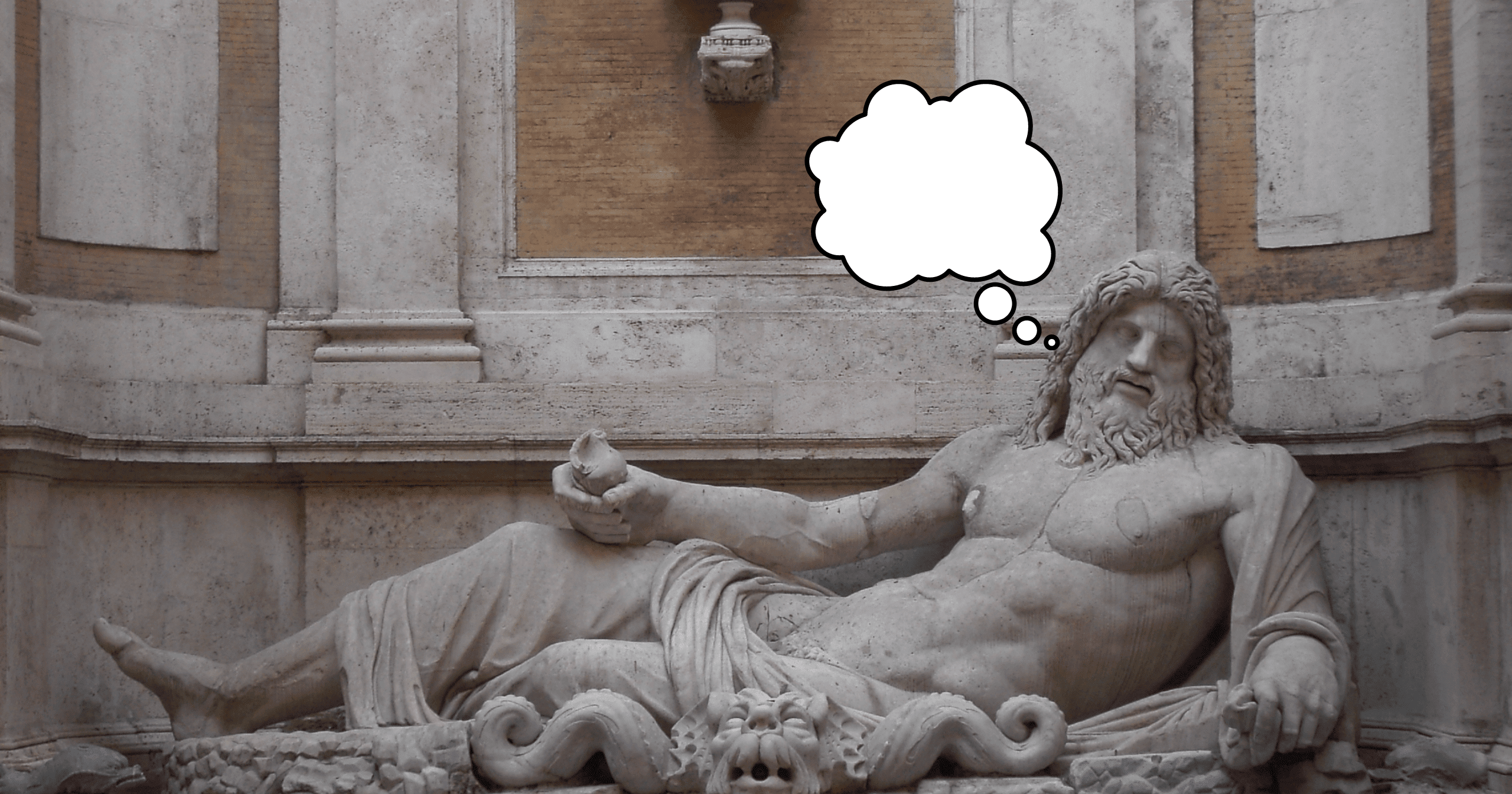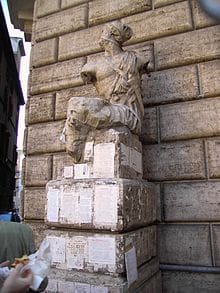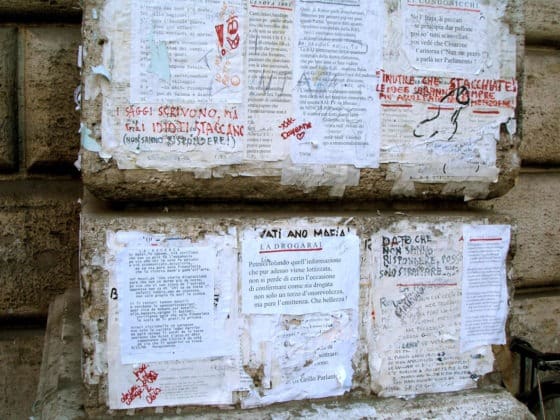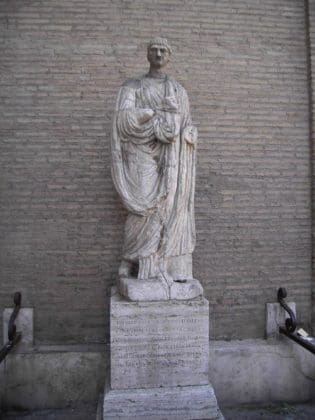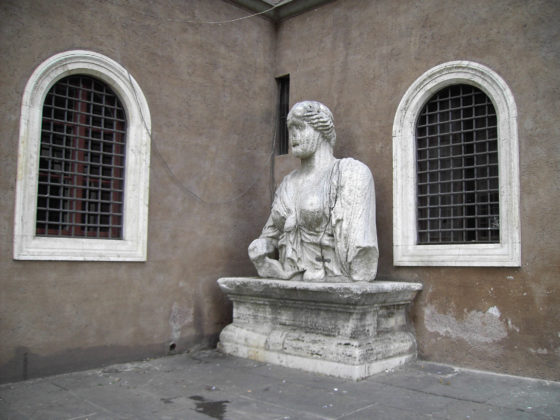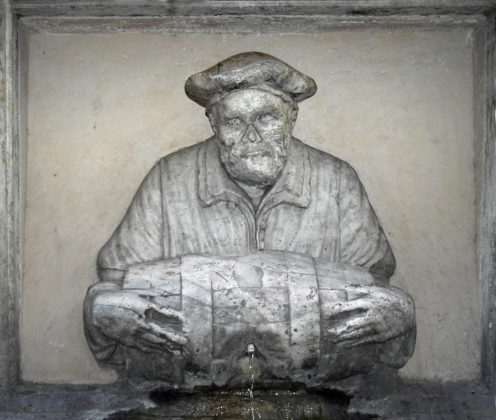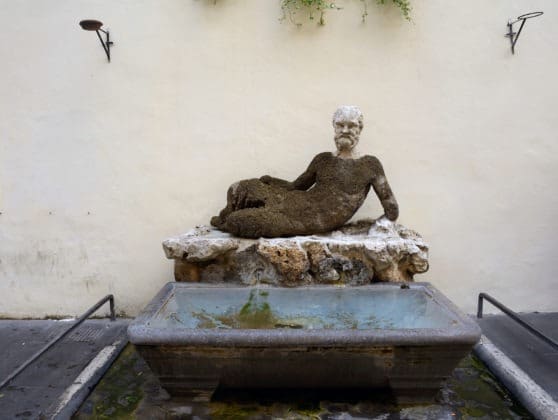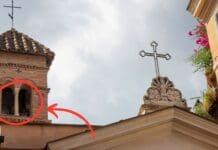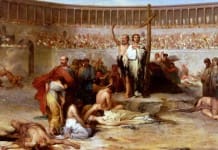Believe it or not, an early rendition of the bulletin board began with the Congregation of Wits in Rome.
No, not a gathering of intellectuals.
Also known as the talking statues of Rome, they are just that: statues in Rome where messages have been left for one reason or another going back to the very early 16th century.
Traditionally, messages left behind on these statues were a wide variety of anonymous criticisms of all natures: political, papal, personal, etc.
In fact, pasquinade or pasquil, a form of anonymous satire in prose or as a poem, takes its name from one of the first talking statues in Rome called Pasquino.
Why Pasquino? For no particular reason at all. Some legends speak of the name coming from a local tailor known for his wit and intellect, with the statue carrying “the honor and everlasting remembrance of the poor tailor.”
These messages, known as cartelli meaning pamphlet, were quickly copied and distributed throughout Rome, a form of anonymous political expression by the citizenry.
Some popes, often the butt of criticism, tried to limit what Pasquino had to say. Adrian VI tried to throw the statue into the Tiber until someone told him the statue would only croak louder in water like a frog.
Eventually, authorities posted guards by the statue to prevent more messages from being posted.
The public turned to other stone for commentary, creating the talking statues of Rome.
See them below:
Image credit: Jbribeiro1, Livioandronico2013 via Wikimedia


